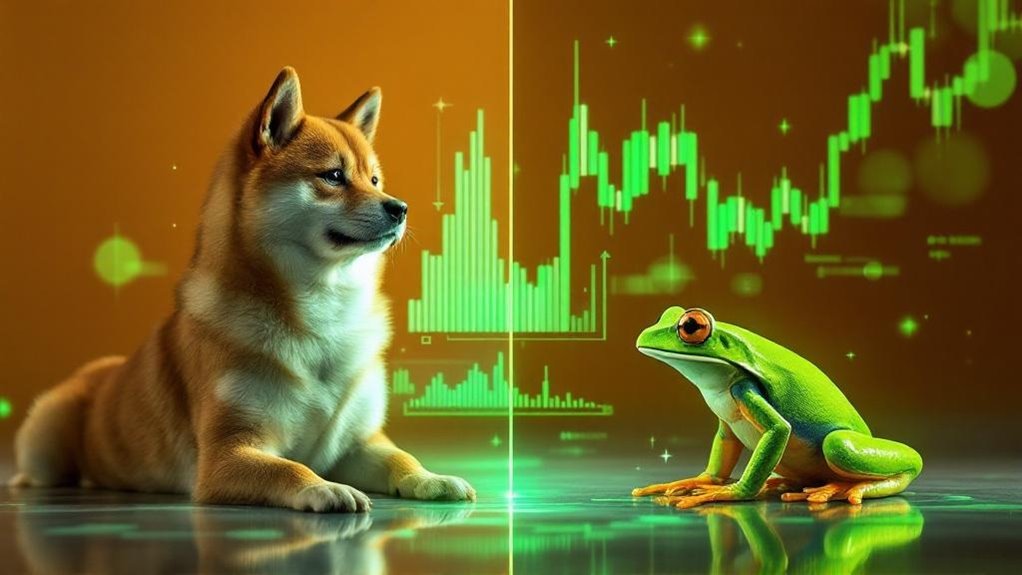MemeCoinCook.com serves up spicy crypto memes and info for entertainment only—this ain’t financial, investment, legal, or professional advice! Whipped up with AI flair, our content might have some half-baked bits, so DYOR before you dive into the crypto pot. NFA, folks—we’re just tossing out ideas, not guarantees. We make no claims about the accuracy, legality, or tastiness of our posts. Sip our content at your own risk! Check our Terms of Use for the full recipe.

Are Meme Coins Hijacking Market Liquidity—and Retail Investor Sentiment Along With It?
While traditional cryptocurrencies focus on technology and utility, meme coins have carved out their own chaotic corner of the crypto market. These community-driven tokens, inspired by internet jokes and viral trends, now command nearly $60 billion in market cap as of March 2024. That’s not pocket change, even in the wild world of crypto.
The numbers tell an interesting story about how these digital joke currencies actually work. Meme coins boast a staggering 77% turnover ratio, meaning they’re traded far more frequently than Bitcoin’s modest 1.8%. This hyperactive trading creates massive liquidity pools that can drain faster than a meme goes stale on social media.
When traders decide to “hodl” Bitcoin instead, meme coins often see their liquidity evaporate like morning dew. This liquidity dance affects more than just meme coin holders. With a correlation coefficient of 0.87 to Bitcoin and Ethereum, meme coins move in lockstep with their more serious cousins.
When retail investors pile into Dogecoin or Shiba Inu, they’re fundamentally betting on the same market forces that drive Bitcoin. The difference? Meme coins amplify everything—gains, losses, and emotional rollercoasters. The recent 5.59% downturn in the memecoin market exemplifies this amplification, with major tokens like BONK and FARTCOIN facing substantial declines.
The volatile nature of meme coins creates a feedback loop that impacts the entire crypto ecosystem. Their community-driven momentum can shift market sentiment overnight, turning diamond hands into paper ones. When liquidity flows out of meme coins and into Bitcoin, it often signals broader market uncertainty. Yet only 5% exceed $10 million in market cap among over 2,000 memecoin projects, illustrating the extreme concentration of value in this speculative market.
Meme coins amplify crypto’s emotional rollercoaster, shifting market sentiment from diamond hands to paper ones overnight.
Investors seeking stability over speculation naturally gravitate toward established cryptocurrencies during turbulent times. Perhaps most notably, meme coins have become the gateway drug for retail investors entering crypto. Their viral nature and low entry prices attract newcomers who might find Bitcoin’s price tag intimidating. The celebrity endorsements that frequently pump these tokens can create overnight millionaires or devastating losses for followers who buy at the peak.
This creates a paradox: meme coins simultaneously democratize crypto access while potentially hijacking market liquidity through their speculative trading patterns. The reality is that meme coins aren’t going anywhere. They’ve become a permanent fixture in the crypto landscape, for better or worse.
Whether they’re hijacking liquidity or simply redistributing it depends on your perspective. What’s certain is their outsized influence on retail sentiment and market dynamics, proving that sometimes the biggest impact comes from not taking yourself too seriously.



